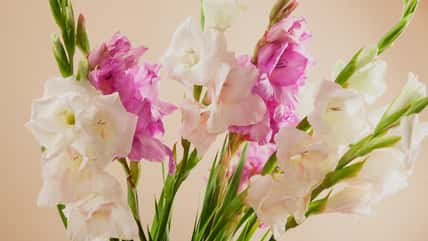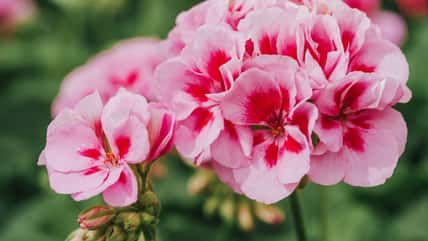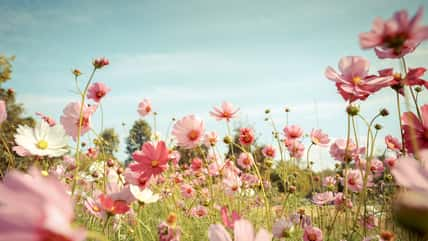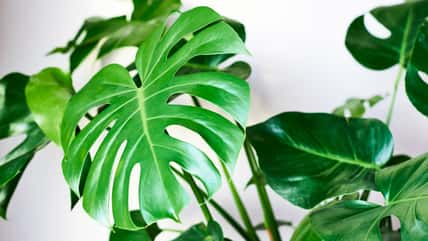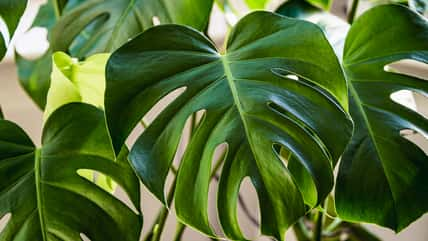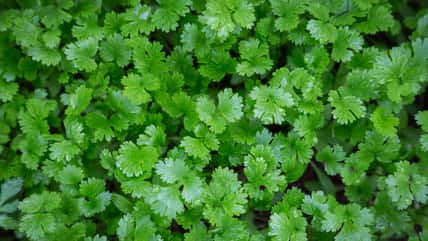Edible Berries Make A Great Addition To Your Garden, And Here Are A Couple Of Our Favorite Ones

We all love a good vegetable garden, but wouldn’t it be a welcome change to see some berries in your harvest?
Berries make a beautiful statement in your garden while also providing an additional source of nutrition. They’re rich in vitamins and antioxidants that you can’t get from just veggies.
Several kinds of berries also attract pollinators, so by planting them, you’ll be doing your part in saving the environment!
Consider introducing color and beauty into your yard–and sweetness and nutrients into your meals–by adding some edible berry bushes. Here’s a short list of delicious berry plants that you can choose from.
Blueberries
Blueberries are an obvious choice. They’re excellent in muffins, smoothies, pancakes, and pies. You can create so many foods with them. Blueberry bushes enjoy well-drained soil free from weeds.
Plant them away from trees so they can receive enough sunlight. The best time to plant them is in autumn. Your bush won’t produce much fruit in the first year; it takes about five years for the growth to become abundant. But it’s worth the wait!
Strawberries
These plump, juicy red berries are another crowd-favorite. Everyone loves eating them, but most have never considered growing them. Luckily, they grow easily in almost all types of climates and soils across the United States.
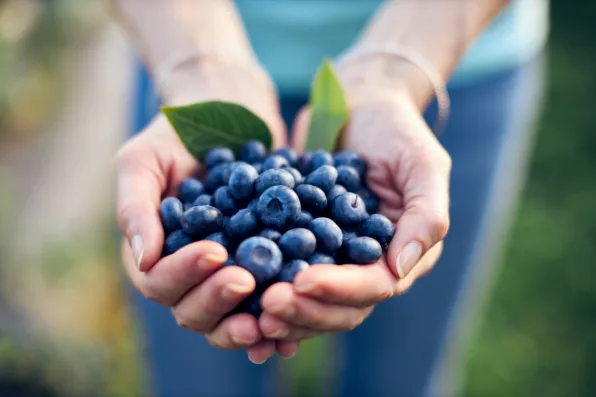
astrosystem – stock.adobe.com – illustrative purposes only, not the actual person
Strawberries can thrive anywhere from raised beds to containers. Plant them in an area that gets full sun and water them daily.
You’ll also need to add a layer of mulch to help prevent weeds from growing.
Elderberries
This shrub bears waxy white flowers as well as dark purple fruit. Elderberry shrubs can tolerate many environments.
They can be found in the wilderness throughout the western and eastern parts of North America, usually near riverbanks.
An open area with plenty of full sunlight will result in the best-looking blooms and juiciest berries. Unlike strawberries and blueberries, elderberries cannot be consumed straight off the bush.
Raw elderberries can be toxic to humans and pets alike.
Cook the berries thoroughly and use them to make jams, syrups, or even wine. Elderberries are also known for boosting the immune system and providing other medicinal benefits, such as supporting heart health and alleviating flu symptoms.
Currants
Currants are tiny ruby-red berries that grow in clusters on bushes. They come in other colors, too, such as black, white, and pink.
Currants have more vitamin C and potassium than any other fruit, so they pack a lot of nutrition. They also have a tart taste and can be eaten fresh or dried.
Once currant bushes are established, they don’t require much maintenance. Just make sure they are receiving full sunlight for at least half the day and are regularly watered.
They don’t do well in temperatures above 85 degrees Fahrenheit.
Brambles
Blackberries and raspberries are classified as brambles. They can form nice hedges to line your yard with. They grow similarly, requiring full sun and well-drained soil.
Keep them away from other flowers or plants because the roots can spread and become invasive. In the wild, these berry bushes contain thorns.
These two fruits are usually pricey at the grocery store, so being able to grow them at home will save you a pretty penny or two!
If true crime defines your free time, this is for you: join Chip Chick’s True Crime Tribe
Here’s A Recipe For How You Can Make Irish Soda Bread This Saint Patrick’s Day
Sign up for Chip Chick’s newsletter and get stories like this delivered to your inbox.
More About:Gardening
